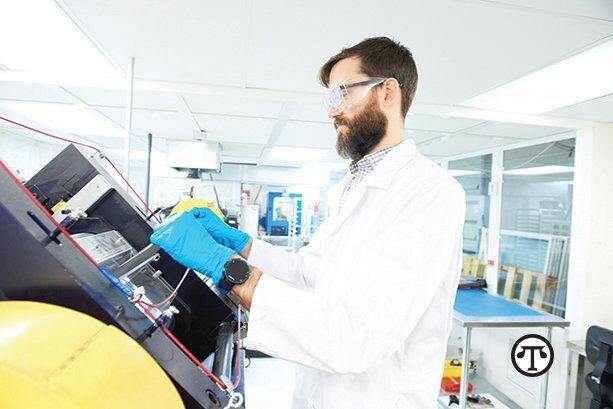New Energy Storage Technologies to Support Renewables Post COVID-19
(NAPSI)—Cleaner air can improve public health, maybe even save lives. Fortunately, renewable energy resources—wind, sun, hydropower and the like—are now producing more electricity than coal. That’s where innovative energy storage solutions come in. They help create a cleaner world, encouraging investment into clean, green, renewable energy. To help, engineers and policymakers are increasingly turning their attention to energy storage solutions. New bi-partisan efforts in states such as New York and the Trump administration are in alignment to support new energy storage technologies that drastically improve the economics of wind and solar projects.
The global rise in electricity generation from renewable sources has led to increased demand for advanced batteries that can be used to firm up this intermittent supply. This requirement is particularly important in areas where grid connections may be tenuous, unreliable or even non-existent. Additional demand for advanced batteries is presented by grid applications such as peak-shifting and Transmission and Distribution (T&D) capital deferral.
Energy storage systems provide many ways to manage the power supply for a more resilient energy infrastructure, and bring cost savings to utilities and consumers. Batteries allow the use of electricity whenever it’s needed, not only when it’s generated. However, traditional battery economics and performance have not proved helpful as utilities look to increase renewable penetration through long-duration energy storage.
The Problem
One of the challenges to growing a North American energy storage industry, however, has been a dependency on a supply chain of hardware components, metals and chemicals, many of which come from outside North America. As well, metals such as lithium and vanadium used in some batteries are impacted by price volatility and security of supply.
An Answer
Those same risks do not apply to zinc-air batteries. Zinc is abundant and inexpensive, with a significant North American supply. Its chemistry is robust and safe. A zinc-air battery has decoupled energy and power, making it one of the lowest-cost long-duration battery storage solutions available.
A safer, cleaner future requires less polluted air which means replacement of carbon-based power generation with renewable, sustainable sources of electricity. Long-duration, low-cost energy storage systems such as zinc-air will be a key driver to a quicker path towards a greener future. A “bet” on energy storage is a wager that will deliver a cleaner planet that will thrive for current and future generations, suggests Ron MacDonald, president and CEO of Zinc8 Energy Solutions, the leader in zinc-air battery technology, a unique flow battery technology using zinc and air as fuel.
Learn more
You can find further facts and stats on energy storage at www.zinc8energy.com.

